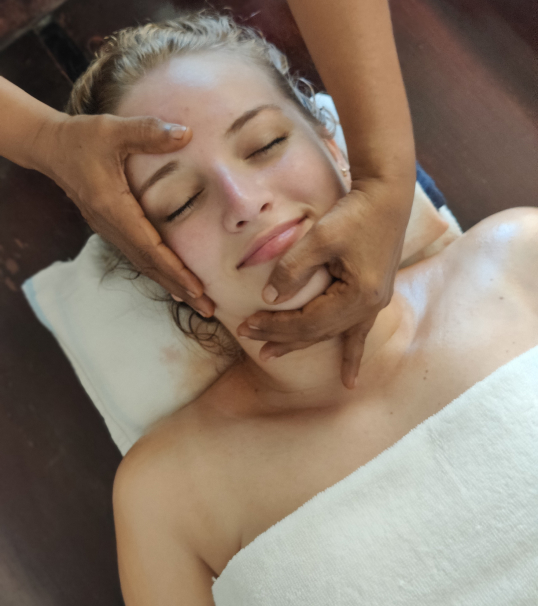
The term Pranayama derives from two Sanskrit words: "Prana," which refers to life force or vital energy, and "Ayama," referring to control or regulation.
In other words, Pranayama could be interpreted to mean the regulation of the breath, seen as the most important part of yoga and aimed at the control of one's life force.
Pranayama can be a group of techniques meant to harmonize and elevate the energy level of the body. Such practices, especially when integrated into wellness routines at Rockholm, have the potential
to affect your physical well-being, mental sharpness, and balanced emotions.

Pranayama is Just Breathing
Many believe that pranayama is simply about breathing techniques. Actually, "prana" means life force or vital energy, and "ayama" means to control or extend. Hence, the term 'pranayama' embodies much more than the mere process of physical breathing. It deals with the harnessing of this life force, generally by the process of breath awareness and control.
Prana and the energy are the same
Though Prana is mostly referred to as energy, it might be more precisely defined as a combination of energy and awareness. In such respect, prana will not only be a physical force but a mental and spiritual one as well. The linkage created by this definition extends breath to the mind and emotions. Pranayama Is Only a Matter of
Holding of breath
There is a false belief that pranayama simply involves holding one's breath, something that is only a part of the practice. Actual practice would involve being aware of every movement of the breath, from the time of inhalation and exhalation to the natural pauses in between.
Only experts should perform
Some hold the opinion that Pranayama is for advanced practitioners. Actually, practice of pranayama can be commenced at any level, but one should always do it in the presence of a learned teacher to avert any likely hazards and to rehearse the right techniques.
Quick Results are Obtained
Many practitioners anticipate quick results from pranayama. However, time is usually needed to yield quality output by working regularly. One has to be sensitive and clear about the tides of breathing to bring about the specific benefits like concentration and handling of stresses.
All Pranayama Techniques are Same
Not all pranayama techniques have the same type of action or purpose. There may be different targets on the level of physical and mental health by various techniques, and understanding these differences is essential for effective practice.
Pranayama is not just a sequence of breathing exercises but an access route to better health with clarity of mind and emotional stability. When we practice these under proper guidance, we can experience enormous results, like we provide in Nattika Ayurvedic Wellness Retreat. Whether you seek to manage your stress, attain a more unbeatable state of health, or go on a quest for spiritual growth, Pranayama provides a pathway towards realizing a life with balance.